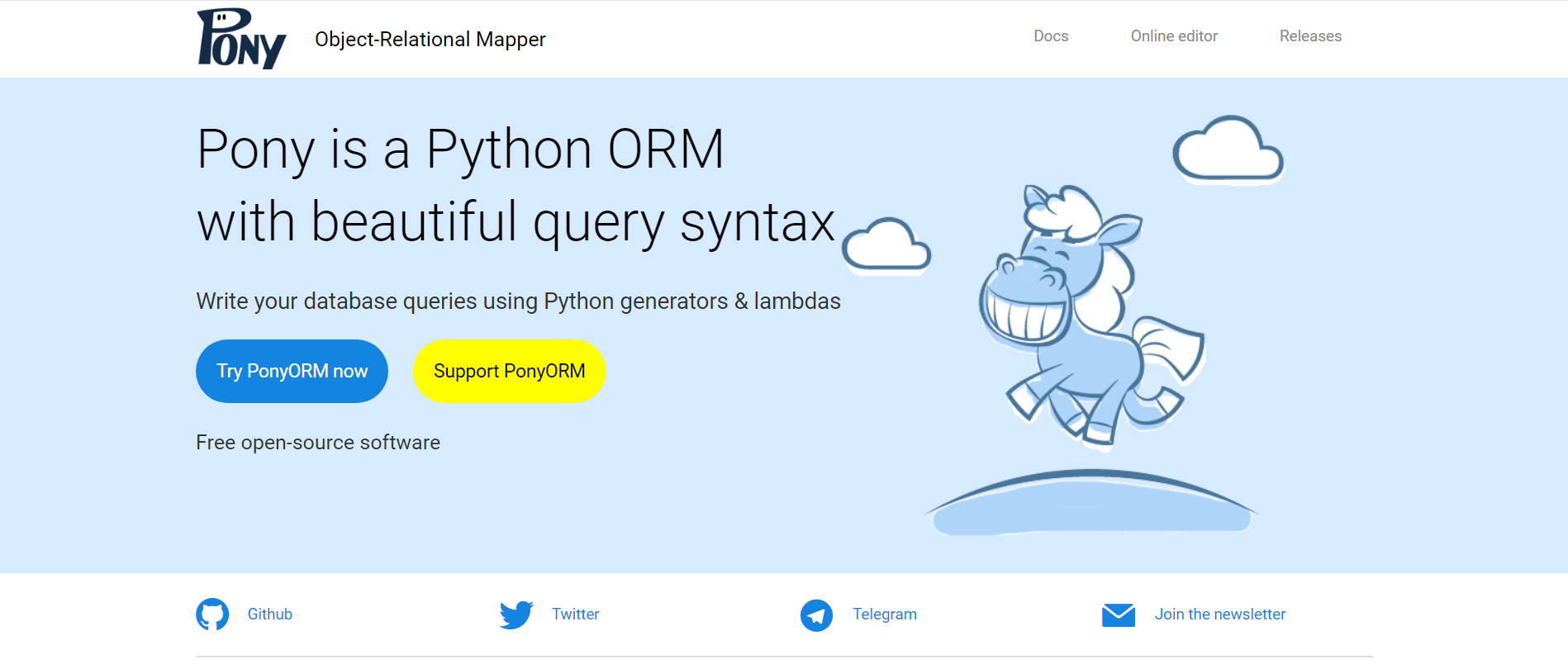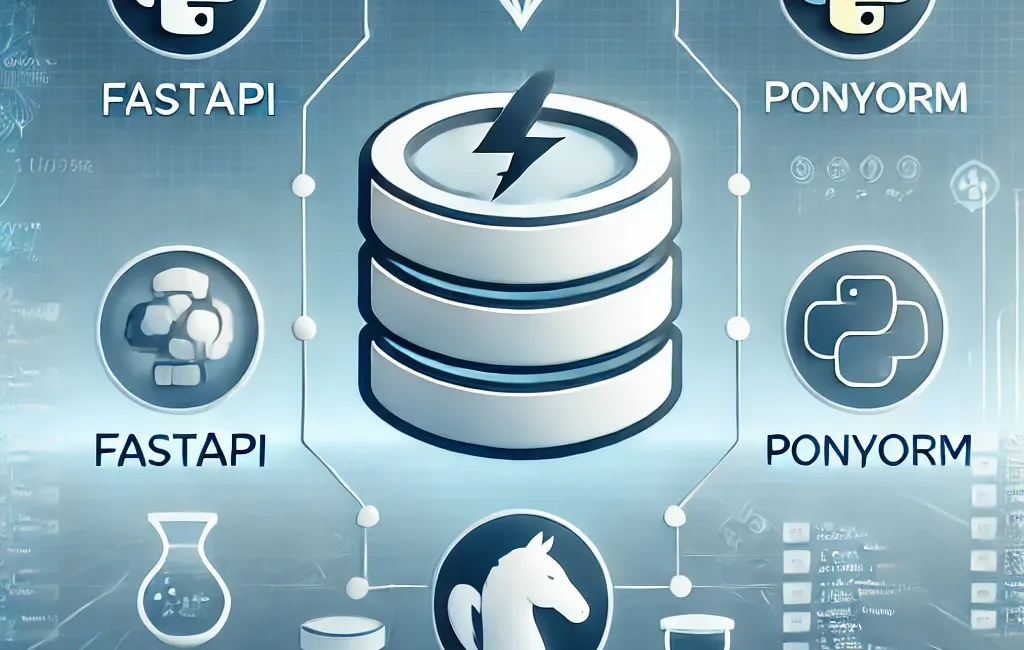FastAPI is a modern tool used for constructing APIs with Python 3.7 and above, utilizing standard Python type hints.
It's recognized for its quickness, user-friendliness, and the ability to automatically generate interactive API documentation.
When combined with a proficient Object-Relational Mapping (ORM) library such as PonyORM, it transforms into a robust instrument for developing scalable and manageable web applications.
In this article, we will look into the process of setting up and utilizing PonyORM in conjunction with FastAPI to effortlessly create and use databases.
Why Choose PonyORM?

PonyORM is an Object-Relational Mapping (ORM) tool specifically designed for Python, employing a distinct method to link Python objects with database tables.
Here are some of its standout features:
- Declarative Mapping: PonyORM utilizes Python generators to formulate queries, making them straightforward to understand and compose.
- User-Friendliness: With features like automatic schema creation and a user-friendly API, PonyORM streamlines the process of managing databases.
- Compatibility with Numerous Databases: PonyORM is versatile, offering support for SQLite, MySQL, PostgreSQL, and Oracle databases.
Get "Python's Magic Methods - Beyond __init__ and __str__"
Magic methods are not just syntactic sugar, they're powerful tools that can significantly improve the functionality and performance of your code. With this book, you'll learn how to use these tools correctly and unlock the full potential of Python.
Setting Up FastAPI with PonyORM
Step 1: Install the Required Packages
First, you need to install FastAPI, PonyORM, and an ASGI server, such as Uvicorn. You can do this using pip:
pip install fastapi uvicorn pony
Step 2: Create a FastAPI Application
Start by creating a simple FastAPI application. In a new file main.py, set up the basic structure of your application:
from fastapi import FastAPI
app = FastAPI()
@app.get("/")
async def read_root():
return {"Hello": "World"}
Step 3: Configure PonyORM
Next, configure PonyORM to connect to your database. For this example, we'll use SQLite for simplicity.
from pony.orm import Database, Required, db_session
db = Database()
class User(db.Entity):
username = Required(str)
email = Required(str)
db.bind(provider='sqlite', filename='database.sqlite', create_db=True)
db.generate_mapping(create_tables=True)Step 4: Integrate PonyORM with FastAPI
To ensure that PonyORM's sessions are correctly managed, we will use FastAPI's dependency injection system. This will help manage the database session within the context of each request:
This article is for paid members only
To continue reading this article, upgrade your account to get full access.
Subscribe NowAlready have an account? Sign In

